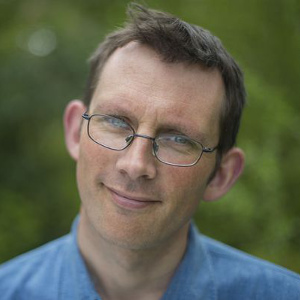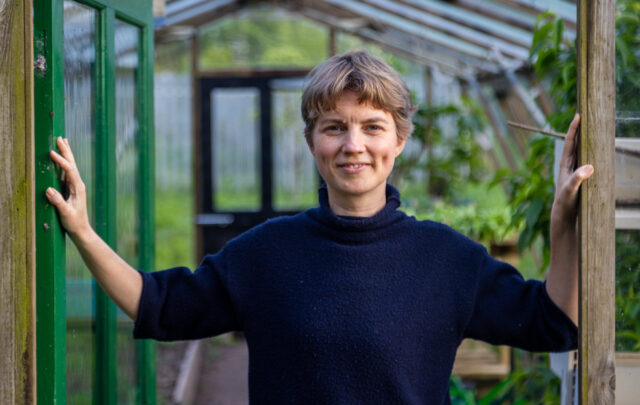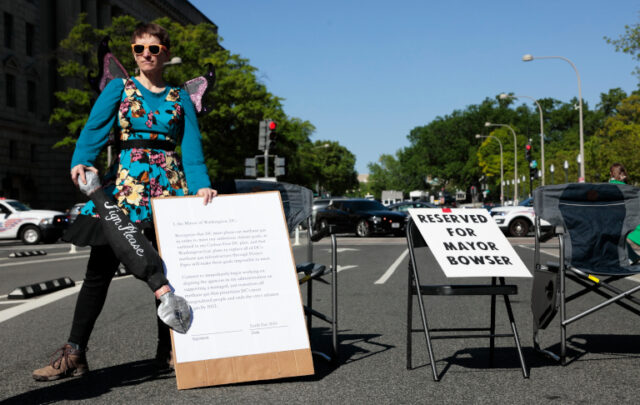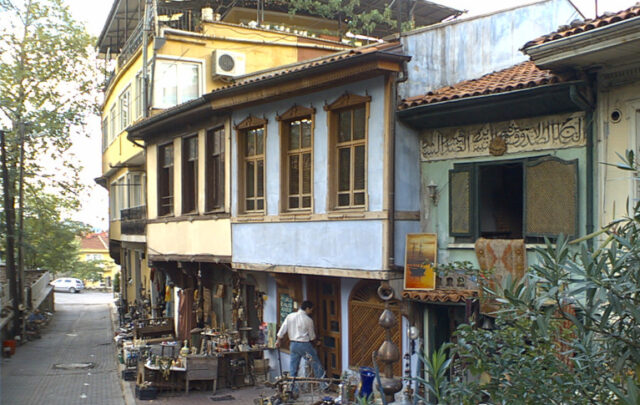I am always on the lookout for new tools to use in helping people to imagine a different future, in helping people to cultivate nostalgia for a future that turned out as well as it possibly could have done. It’s not easy, as we so often get stuck in what’s in front of us, unable to see beyond it. As Mariame Kaba puts it, “we live in a system that has been locked into a false sense of inevitability”. How then to break out of that? Perhaps one way could be through the skilled use of the humble pencil?
Last year I was asked to work with an organisation called Connecting the Culm (CTC). CTC works to protect and enhance the River Culm and its catchment, a beautiful part of the Devon countryside. The project I was working on with them was the creation of a Blueprint for the river. As they put it, their aim is to “create a long-term plan for the future of the River Culm that everyone is signed up to – the Blueprint for the River Culm. This will tackle the growing issues of flood and drought, improve water quality in the river, and create a better place for wildlife and people”. The work is part of a wider project called Co-Adapt, with partners in the Netherlands, France and Belgium plus Somerset, that has been funded for the last 3 years through the EU Interreg programme.
Here is a beautiful short video about their work:
This time they wanted to do things a little differently. Together with Dominic Acland, Tim Youngs and others from CTC, we designed something a little different to the usual community consultation. Our aim was for participants to really imagine, through the use of my Time Machine, what that future would be like, with all their senses. And so, during Covid, we ran a series of workshops over Zoom where the people participating travelled to 2050 in my Time Machine, to a River Culm catchment that is now sustainable, resilient to flooding and drought, with a flourishing river, and with flourishing communities along it. I’ve done similar things before, and it can be a powerful tool, but this time we added one magic ingredient I hadn’t used before, an artist.
Richard Carman is an amazing artist. After the groups had time travelled in their imaginations, I put them into pairs to reflect on what they saw, smelt, felt, heart and tasted, and then to feed that back. While this happened, Richard started drawing. He drew fast, impressionistic sketches to try and capture what people were saying. After another exercise, Richard came back and shared some of his sketches, so he could ask people “you mean like this? Is there anything needs changing or adding?” Those rapidly-drawn images were beautiful. They are such a dynamic way to capture things, and to invite people to add or make suggestions to what’s already on paper. Here are a few of those initial sketches. I don’t remember what they all referred to, but where I do I’ve put a caption:

Improved accessibility for walkers, better paths and gateways

Greater community involvement with the river…

Communities taking on responsibility for the maintenance of river banks.

“Schools in trees”? A bit random but rather lovely. Why not?


By 2050 there will be local networks of cycle paths along the culm, using the old railway tracks…

Then, several months later, I was invited to Cullompton be a speaker at the launch their plan for the river. Before the event began, I took some time to browse the displays in the room, and was thrilled to see the more detailed final sketches that Richard had created inspired from those initial sketches. Now completed and coloured in, they are beautiful snapshots from that future that I remember people describing in such detail once they had returned from 2050. Nostalgia for the future indeed. Here’s a selection:

It’s that School In the Trees again…

Building homes to meet local needs using local materials, in this case straw bales…








Aren’t they gorgeous? He also created two beautiful images showing the river catchment how it will be in 2050 if we do nothing (floods, pollution, disruption) and how it could be if we did everything we possibly could (many more trees, beavers, better farming practices). They are just beautiful too. Connecting the Culm created a beautiful visual where you scroll across from left to right to compare the two. It’s halfway down the page here.
So perhaps bringing in an artist who is good at generating quick impressions should actually be seen as a vital companion to any act of Time Travel? Perhaps in future we might also have someone who can create immersive experiences of the smells of that future in the same kind of rapid and impressionistic way? Or someone who can create soundscapes that can be played back to people? Everything that we can do to make that future as real and immersive as possible is time well spent. Thanks to Richard, Dominic, Tim and the rest of crew for allowing us to pilot this new approach which could well become a powerful addition to the Imagination Activist’s tool box.






